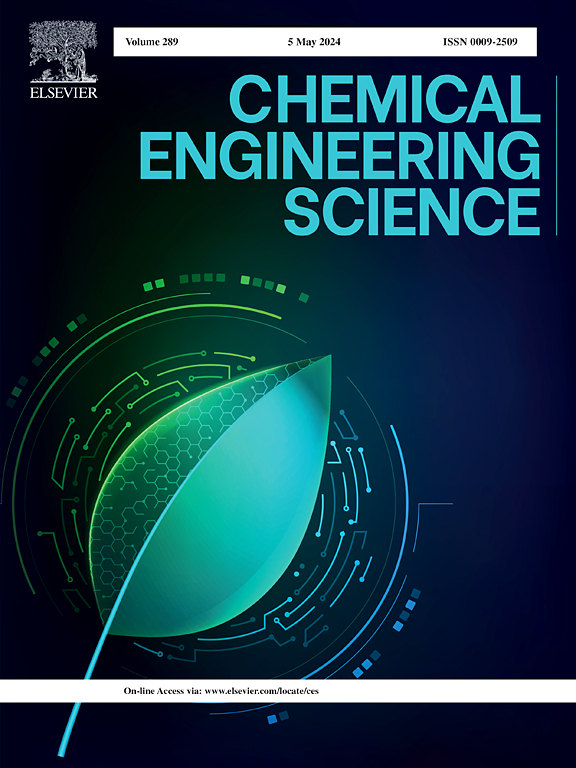High-performance F, Mn co-doped VO2(B) cathode material in the form of multilayered nanosheets curled rods and its aqueous zinc ion battery applications
IF 4.1
2区 工程技术
Q2 ENGINEERING, CHEMICAL
引用次数: 0
Abstract
To address the shortcomings of VO2(B) when utilized as cathode materials for aqueous zinc ion batteries (AZIB), this study prepared a fluorine and manganese co-doped VO2(B) with a nanorod-like structure, formed from convoluted multilayered nanosheets, was synthesized via a solvothermal method. It was established that F and Mn doping effectively broadens the lattice structure and tunneling space of VO2(B) and induces lattice distortion of VO2(B) through the high electronegativity of F element, leading to the ductile growth of FMVO into a nanorod-like structure made of multilayered ultrathin nanosheets curled. The increased tunneling space and active sites of FMVO, compared to pure VO2(B), significantly enhanced the de-embedding rate of Zn2+ and reduced diffusion resistance. The specific capacity of F0.06M0.02VO is 523.92 mAh/g (0.2 A/g) with 88.64 % capacity retention after 2,000 cycles (5 A/g). This research provides a novel approach to the development of cathode materials for AZIB.


多层纳米片卷曲棒形式的高性能F、Mn共掺杂VO2(B)正极材料及其在水锌离子电池中的应用
为了解决VO2(B)作为水性锌离子电池(AZIB)正极材料的缺点,本研究通过溶剂热法合成了一种由卷曲多层纳米片形成的纳米棒状结构的氟锰共掺杂VO2(B)。结果表明,F和Mn的掺杂有效地拓宽了VO2(B)的晶格结构和隧道空间,并通过F元素的高电负性诱导VO2(B)的晶格畸变,导致FMVO的延展性生长为卷曲的多层超薄纳米片组成的纳米棒状结构。与纯VO2(B)相比,FMVO增加了隧道空间和活性位点,显著提高了Zn2+的脱包率,降低了扩散阻力。F0.06M0.02VO的比容量为523.92 mAh/g (0.2 A/g),循环2000次(5 A/g)后容量保持率为88.64 %。本研究为AZIB阴极材料的开发提供了一条新的途径。
本文章由计算机程序翻译,如有差异,请以英文原文为准。
求助全文
约1分钟内获得全文
求助全文
来源期刊

Chemical Engineering Science
工程技术-工程:化工
CiteScore
7.50
自引率
8.50%
发文量
1025
审稿时长
50 days
期刊介绍:
Chemical engineering enables the transformation of natural resources and energy into useful products for society. It draws on and applies natural sciences, mathematics and economics, and has developed fundamental engineering science that underpins the discipline.
Chemical Engineering Science (CES) has been publishing papers on the fundamentals of chemical engineering since 1951. CES is the platform where the most significant advances in the discipline have ever since been published. Chemical Engineering Science has accompanied and sustained chemical engineering through its development into the vibrant and broad scientific discipline it is today.
 求助内容:
求助内容: 应助结果提醒方式:
应助结果提醒方式:


